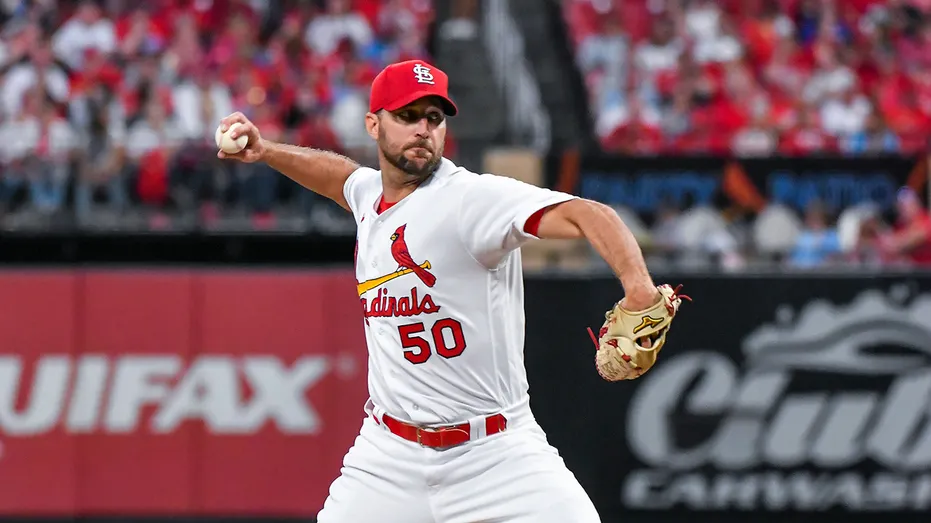Major League Baseball (MLB) has undergone some of the most sweeping changes in its history, reshaping how both players and fans experience the game. From larger bases and restricted mound visits to the pitch clock and even discussions around an automated strike zone, the sport looks very different compared to just a few seasons ago.
Police Investigating Late-Night Shooting at Kalihi Valley Homes in Honolulu
Shorter Games With the Pitch Clock
Perhaps the most noticeable change is the reduction in game length. At one point, the average nine-inning game stretched to more than 3 hours and 10 minutes. Since the introduction of the pitch timer in 2023, games now average about 2 hours and 30 minutes—a shift widely welcomed by both fans and players.
Former St. Louis Cardinals pitcher Adam Wainwright, who retired after the first season under the pitch clock, admitted it required some adjustment:
“It’s a little too much, perhaps. The length of the game is now perfect,” Wainwright told Fox News Digital.
The Loss of Drama and Strategy?
While many enjoy the faster pace, some veterans argue that something essential has been lost. Wainwright reflected on how the new system changes the drama of big moments:
“I miss the days where it’s the ninth inning of a playoff game, and the pitcher can pause, think about the next move, and build tension. Now it’s gone.”
He also explained how the pitch clock limits strategic depth:
“I am a thinking man’s pitcher. I love a mental chess match. But with eight seconds on the clock, it’s not really time to process.”
The Analytics Revolution
Beyond timing, baseball continues to wrestle with the rise of analytics. Data-driven tools, advanced cameras, and statistical modeling have transformed player evaluation and game planning.
Wainwright acknowledged their usefulness but warned of their limitations:
“I once got Freddie Freeman out with a bad backup cutter, and analytics said it was a good pitch. But if I threw it again, he would hit it 450 feet. Computers don’t understand the human side of the game.”
This tension between traditional instincts and data-driven decisions remains a defining debate in modern baseball.
Attendance and Fan Interest on the Rise
Despite concerns about losing tradition, MLB has seen strong attendance numbers. The league is projected to draw more than 29,000 fans per game for the third straight season, its longest streak since 2017. This is happening even with challenges such as the Oakland Athletics and Tampa Bay Rays playing in lower-capacity stadiums.
Conclusion: Baseball’s Balancing Act
With shorter games, faster pace, and advanced technology, baseball is firmly in the midst of a new era. For some, these changes make the sport more exciting and accessible. For others, they strip away the slower, dramatic moments that once defined the game.
One thing is clear: MLB’s evolution reflects a broader challenge—balancing tradition with innovation to keep the game alive for future generations.

